Scientists have refuted the version that Stonehenge was used as a calendar (7 photos + 1 video)
Stonehenge was never a giant stone calendar and was used as an astronomical instrument, scientists say. The researchers disproved the previously popular theory, which, according to them, based on "false interpretations" that allegedly indicated a connection monument with astronomy.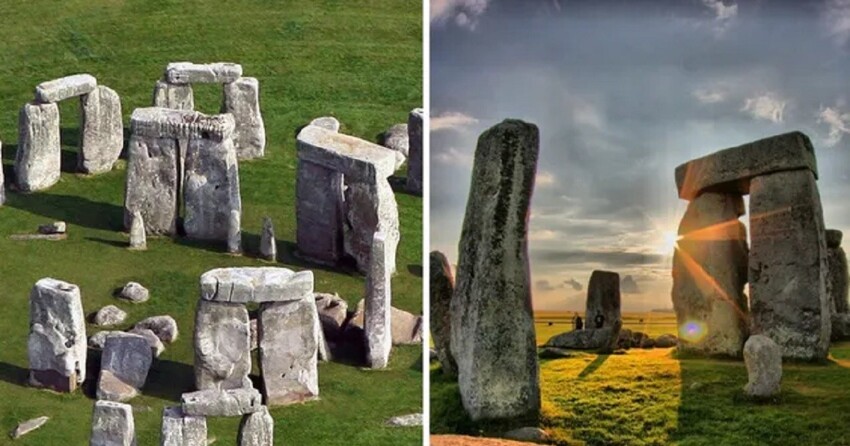
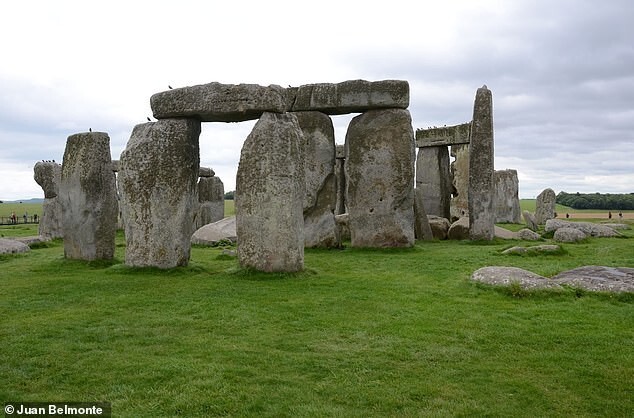
Although Stonehenge is one of the most iconic historical sites in the world and a symbol of British history, disputes about why it was built about 5,000 years ago, still far from complete.
The authors of the new study claim they have been able to refute the theory put forward in the past that the monument served solar calendar, helping people keep track of the days of the year. Italian and Spanish experts state that this statement is “absolutely unfounded" and is based on "false interpretations, numerology and unsupported analogies.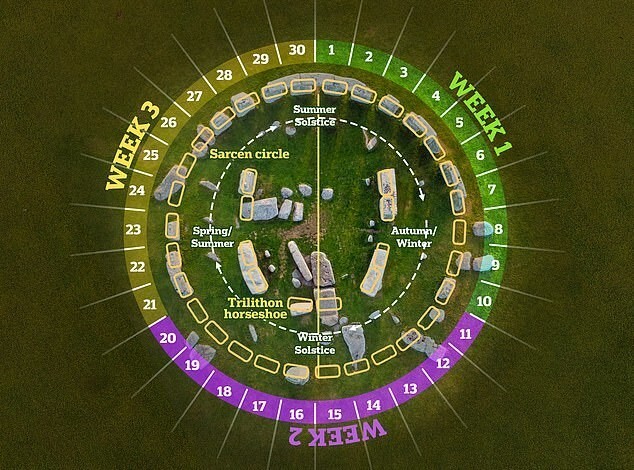
British researchers who first put forward the theory of use of Stonehenge as an astronomical instrument, claimed that each of the sarsen slabs of Stonehenge represents one day in month, which makes the monument a huge timekeeping device.
The authors of this hypothesis responded to criticism of their theory, calling it "classic ranting without a conclusion", and opponents - "poorly informed".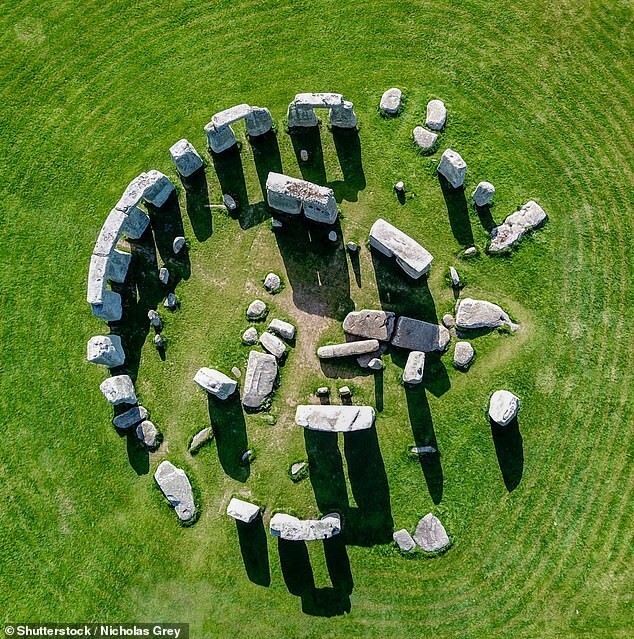
The authors of the new article are Dr. Giulio Magli from Polytechnic University of Milan and Professor Juan Antonio Belmonte from the University of La Laguna in Tenerife.
“Stonehenge is an amazingly complex monument that can be understand only by taking into account its landscape and the chronology of its existence for centuries, they say. - Author astronomical theory of its origin suggested that the project the "sarsen" phase of Stonehenge was conceived to represent the calendar year in 365.25 days. The aim of our work is to show that this idea has no practical confirmation, is based on a series of strained interpretations, numerology and unconfirmed analogies with other cultures".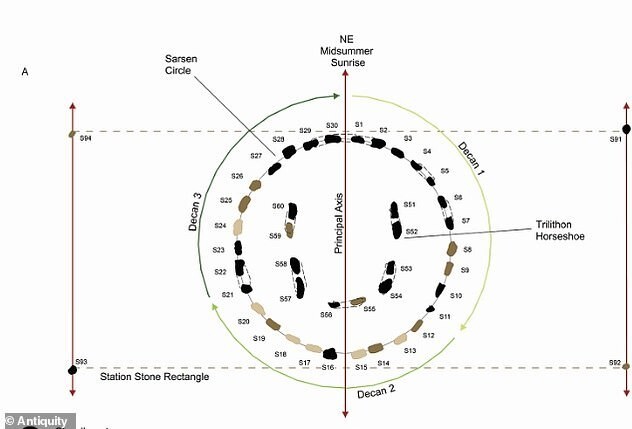
The calendar theory was first proposed by the British Professor Timothy Darvill, who believes that Stonehenge allowed local residents to keep track of a solar year lasting 365.25 day. In his opinion, the stone calendar was calibrated by coincidence solstices, and its creators drew inspiration from Ancient Egypt.
Professor Darvill called a recently published assessment of his work "classic ranting without conclusion." "Their main criticism is not connected with my ideas, but with the conclusions of Egyptologists, whom I I quote in my original article,” said the British researcher. — It's easy to argue that someone is wrong, but what is their evidence? And How are they the ones who interpret the placement of the stones at Stonehenge?”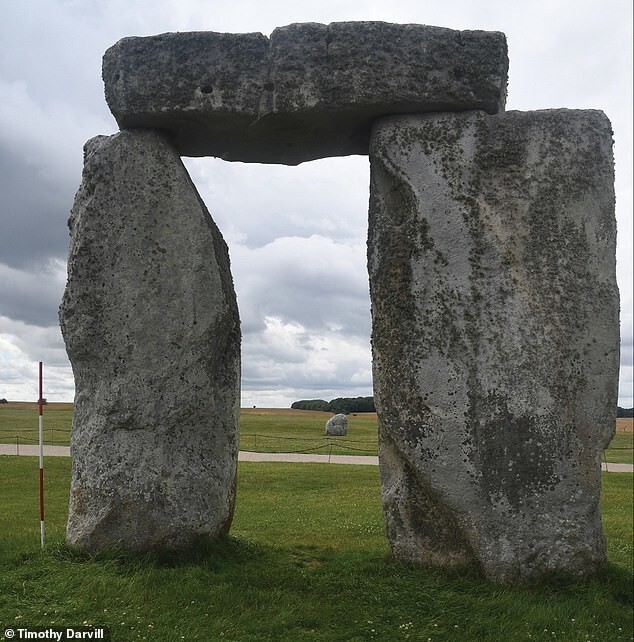
In their study, published in the journal Antiquity, Professor Darvill analyzed the number and location of large sarsen slabs of Stonehenge. In total, in the central horseshoe Stonehenge has 15 sarsen slabs, not counting the uprights and lintels of the outer circle, as well as distant, separate stones.
Stonehenge, according to Professor Darvill, was "simple and elegant" perpetual calendar based on the solar year duration 365.25 days. The circle was the physical representation of one months lasting 30 days - and each of the stones in the circle represented one day in a month. Stonehenge residents probably noted days of the month, each represented by a stone, using a small stone or wooden peg, says a British professor.
But the Italian and the Spaniard, both astronomers, reject this concept, calling it "numerology" and thereby denying it scientific. They note that almost half of the stones of the circle were lost, and it "breaks the magic of the hypothesis". However, scholars do not deny that well-known fact that the entire layout of Stonehenge corresponds to the days solstice, or the extreme limits of the movement of the sun.
“At Stonehenge, on the summer solstice, the sun rises behind Heel stone in the northeastern part of the horizon, and its first rays illuminate the heart of Stonehenge, say experts frompublic organization "English Heritage". — Watchers at Stonehenge per day winter solstice, standing at the entrance to the ring facing the center of the stones, can watch the sun set in the southwestern part of the horizon."
Professor Darvill believes that such a device allowed track not only the seasons, but also the days of the month. "I think they just marking the days represented by each stone,” he said. - We have there are several later prehistoric calendars where days, and next to each of the denoting objects there is a hole so that they could be marked with a peg. I think something similar was arranged in Stonehenge may have marked the days with a small stone or wooden peg."
Professor Darvill believes that the stone calendar can note 12 monthly cycles of 30 days each, which in total is year. But astronomers object to him, calling the theory "unconfirmed" and saying that the monument does not allow counting 12 months. Darvill, in his turns, retorts that the authors of the new article “biasedly select interpretations and confirm them only by the content of their own previous publications. "They fall into the trap that they fell into many archaeologists-astronomers are trapped in the notion that prehistoric people built instruments with high precision, while this it was not so at all - after all, the theodolite and the compass had not yet been invented, ” he declared.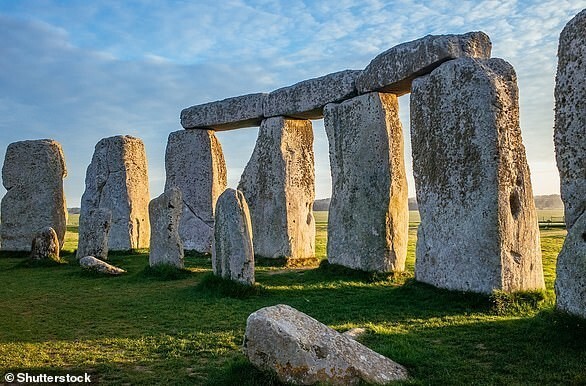
Although scientists have not yet determined exactly why Stonehenge was built, for a long time there was an opinion among researchers that that it served as an ancient calendar. The British expert was the first to determined exactly how it likely functioned.
Other theories suggest it was a departure center a place of worship, a place of healing, a temple, a place of ancestor worship, or even cemetery.
“We think that modern archaeological and archaeoastronomical interpretation of Stonehenge as a place, symbolically associated with ancestors and the winter solstice is correct, so we do not have own new theories, says new study author Dr. Magli. - It is curious that Darvill attributes to us an exaggeration of accuracy ancient instruments, while this is the exact opposite of what we we affirm: in our opinion, the building could not provide sufficient precision to set up the calendar as he himself suggests."






















